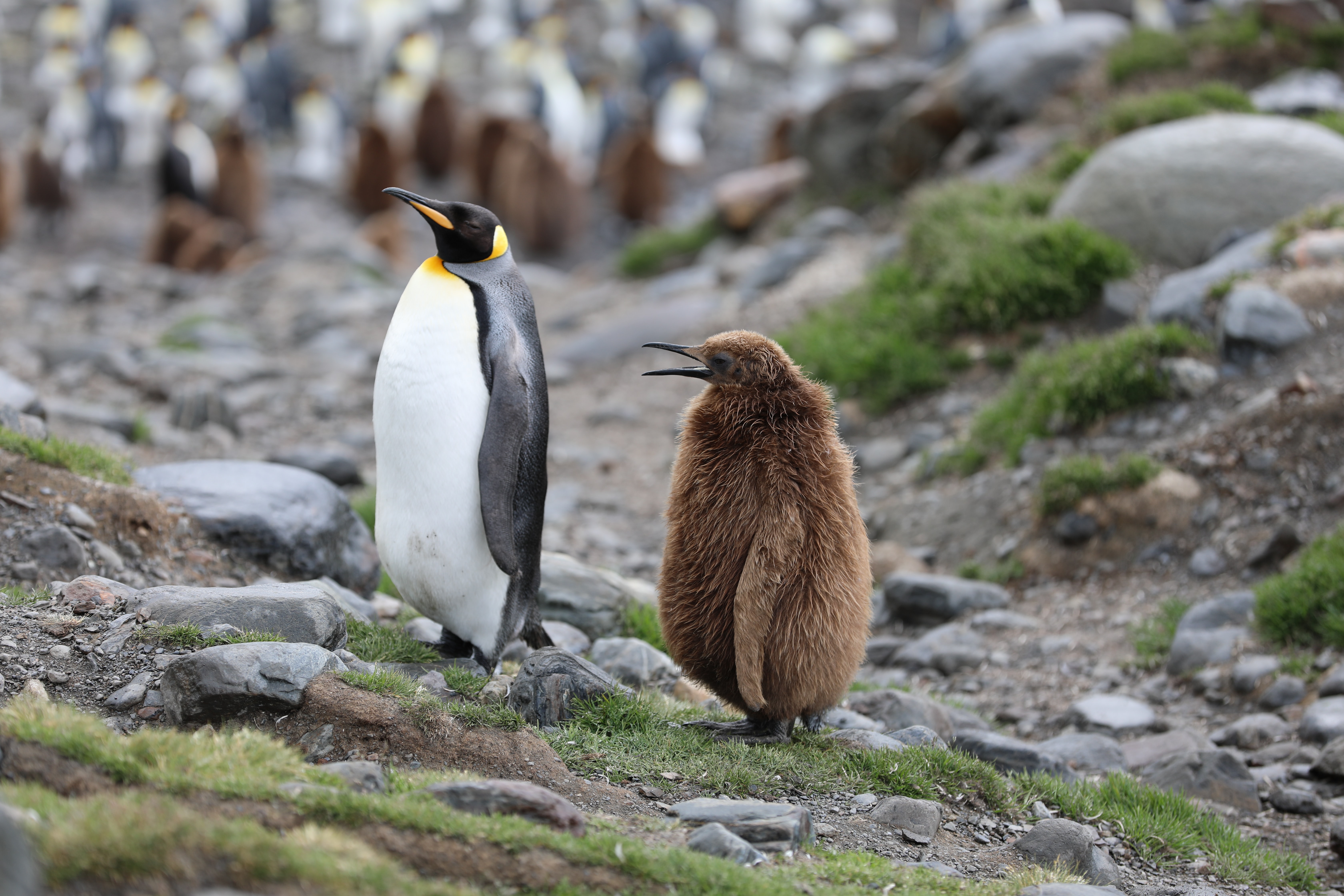Media release
From:
The Royal Society
Juvenile emperor penguin range calls for extended conservation measures in the Southern Ocean
Juvenile emperor penguins in the Weddell Sea spend 90% of their time outside the range of proposed, and existing, Marine Protected Areas. Researchers used satellite-tracking to monitor penguin’s first year at sea in the Southern Ocean region for the first time. Juveniles travelled as much as 1500km beyond the ‘extent of occurrence’ (EOO) currently defined by the IUCN. Ignoring young age classes may misdirect management and conservation efforts, the authors said.
Attachments
Note: Not all attachments are visible to the general public.
Research URLs will go live after the embargo ends.

Research
The Royal Society, Web page
The URL will go live after the embargo ends.
Journal/
conference:
Royal Society Open Science
Organisation/s:
Centre Scientifique de Monaco
Funder:
Funding. This study was funded by the Centre Scientifique de Monaco with additional support from the LIA-647 and RTPI-NUTRESS (CSM/CNRSUniversity of Strasbourg), by The Penzance Endowed Fund and The Grayce B. Kerr Fund in Support of Assistant Scientists and by the Deutsche Forschungsgemeinschaft (DFG) grant no. ZI1525/3-1 in the framework of the priority program ‘Antarctic research with comparative investigations in Arctic ice areas’



 International
International



